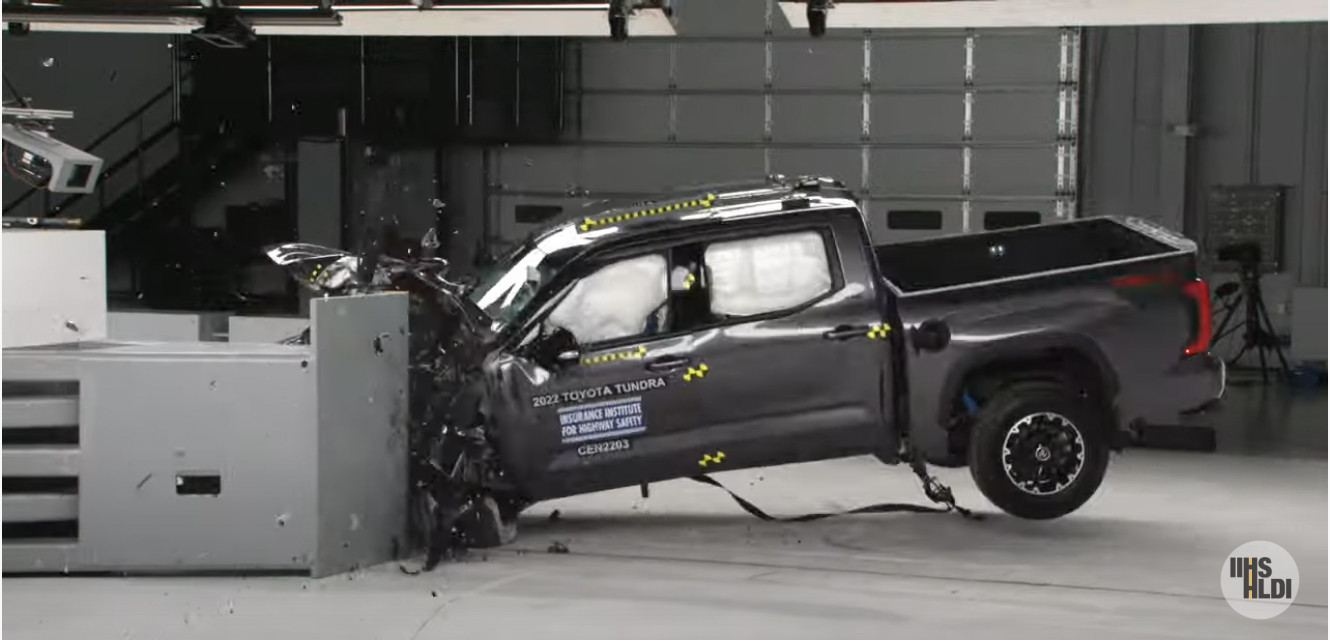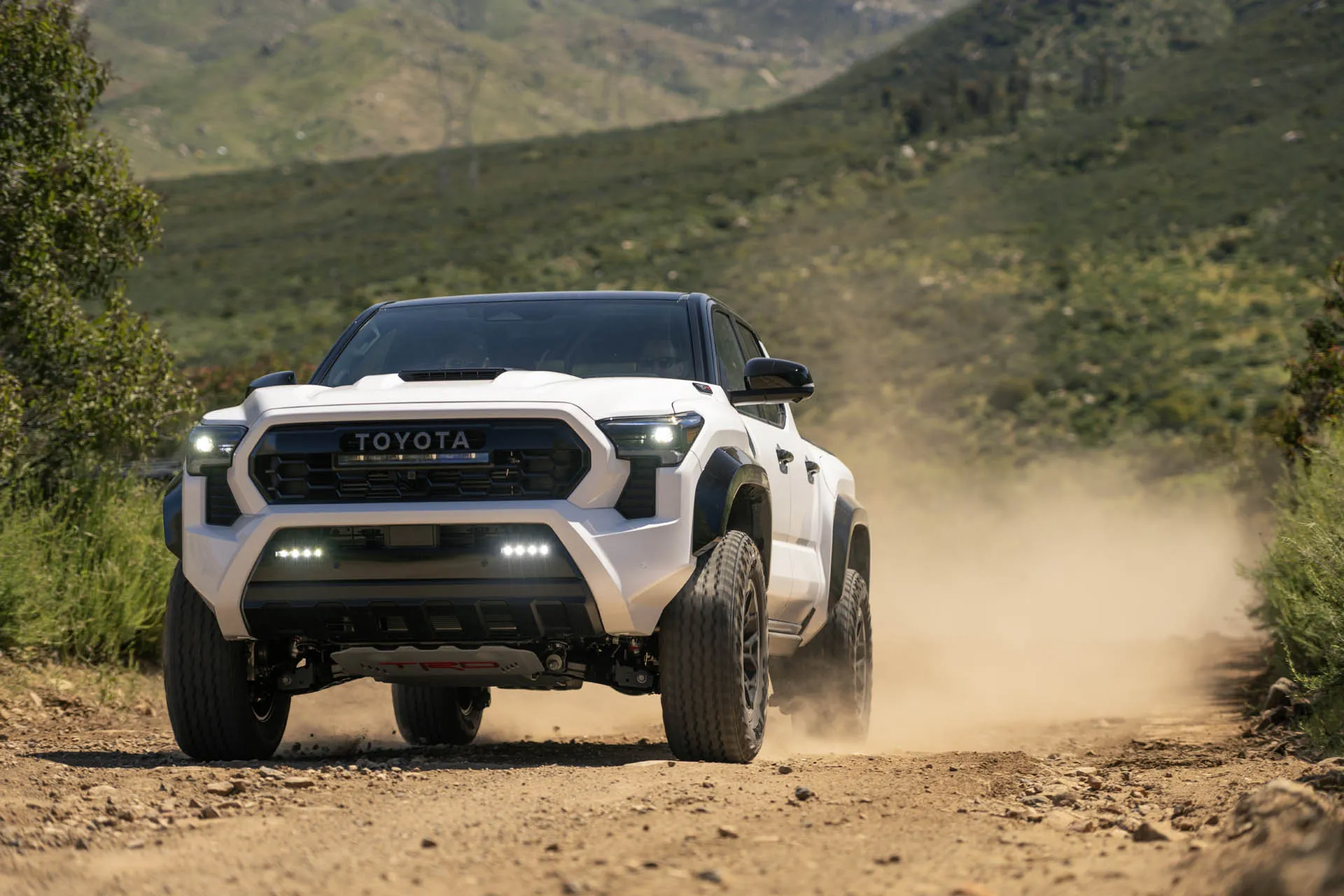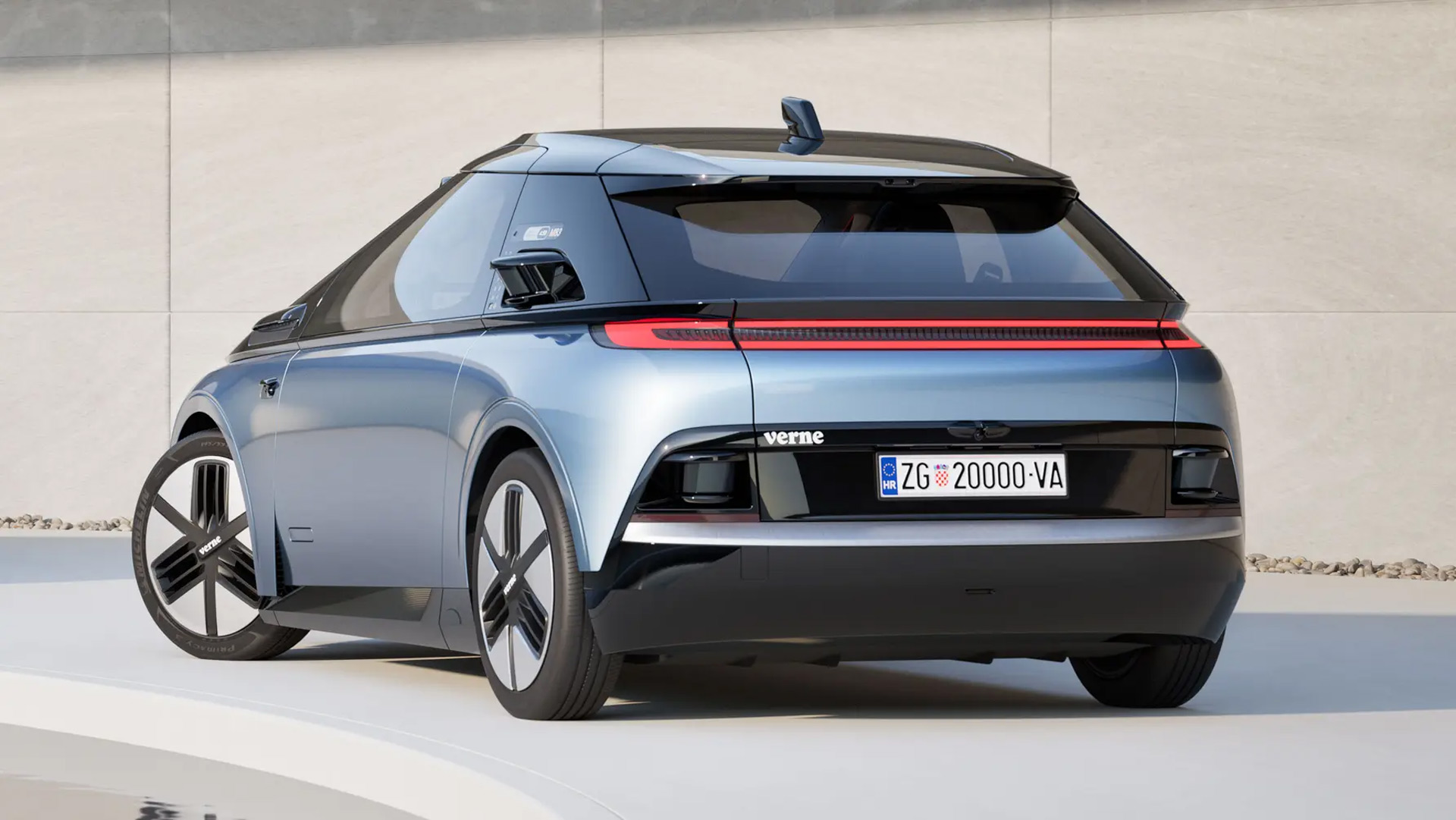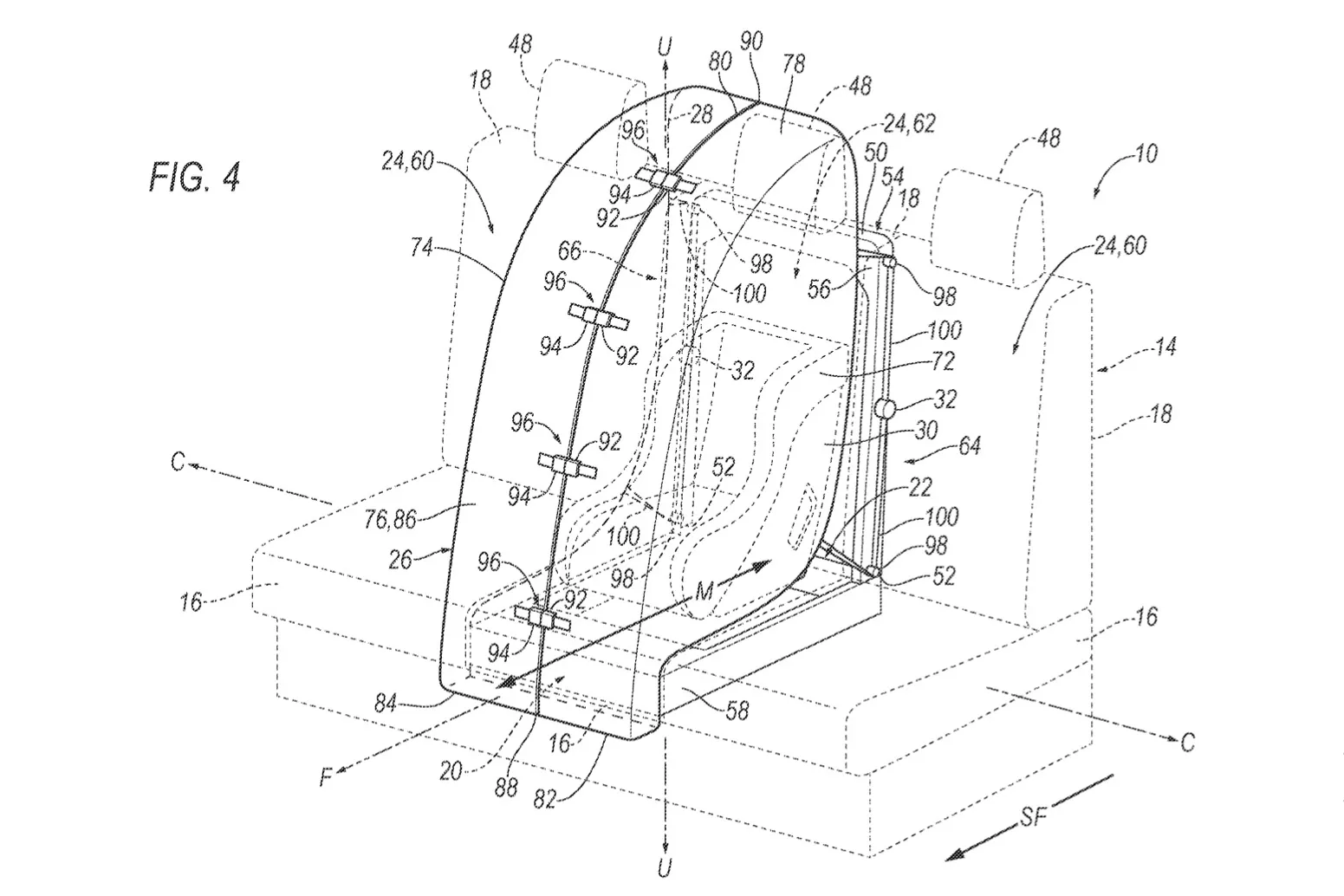Automatic emergency braking now standard on nearly all new cars
The U.S. automotive industry has reached a significant if not unprecedented safety milestone: All 20 major automakers have made good on a voluntary commitment to equip more than 95% of new passenger vehicles with life-saving automatic emergency braking as standard equipment.
The uncommon collaboration was initiated in 2016 by the two top safety agencies in the U.S. in the NHTSA and the Insurance Institute for Highway Safety (IIHS). The IIHS, a nonprofit funded by the insurance industry and operating independently of the government, worked with Consumer Reports to assess and monitor automakers’ voluntary compliance. The IIHS and Consumer Reports trumpeted the achievement on Thursday, saying that cars equipped with front crash prevention systems would cut rear-end crashes by half.
“The successful completion of this milestone shows what can be achieved when automakers and safety advocates work together toward our common goal of eliminating as many crashes as possible,” IIHS President David Harkey said in a statement.
Data from the IIHS suggests that automatic emergency braking and forward collision warnings would prevent 42,000 crashes and 20,000 injuries by 2025. Rear-end collisions are the most common type of car crash in general, accounting for 32% of all types of crashes.
Spiking traffic fatalities
The number of fatal traffic crashes was 42,939 in 2021, the most recent complete year for data compiled by the NHTSA. That was the highest number in more than 30 years, and was a 9.9% increase from 2020. It’s a troubling trend of increasing traffic fatalities since its low point of 29,867 in 2011. In the first half of 2022, traffic fatalities hit a 20-year high, even as new cars withstand crashes better and come with more driver-assist systems designed to intervene right before impact if a driver does not. It’s a high rate even when factoring in drivers logging more miles, or vehicle miles traveled (VMT), on average than before.
Particularly troublesome is the high number of pedestrian deaths, totaling 7,388 people in 2021, typically at night, when the majority of fatal crashes happen and when an estimated 75% of pedestrian deaths occurred.
To comply with the agreement, new cars must have an automatic emergency braking system that must be able to slow a vehicle by 10 mph in one of two tests conducted at 12 mph or 25 mph. An effective automatic emergency braking system prevents or mitigates impacts from rear-end collisions, and more sophisticated systems slow or stop cars from hitting objects peripherally, such as a child darting from parked cars into a street or a car speeding through a perpendicular intersection. Most new systems have pedestrian and cyclist detection.
“Car buyers today will find that almost any new vehicle they buy comes standard with a city-speed AEB system, typically with pedestrian detection,” William Wallace, associate director of safety policy for Consumer Reports, said in a statement.
The IIHS takes it a step further. Considered the most stringent safety regulator in the U.S., the IIHS this year toughened its testing and the criteria for earning a coveted Top Safety Pick award. Those awards serve as marketing fodder for automakers, and demonstrate to consumers that a vehicle with a Top Safety Pick+ nod is the safest vehicle on the road.
The 2022 Subaru Outback rates
The IIHS this year assesses the efficacy at nighttime of automatic emergency braking with pedestrian detection, and vehicles must earn at least an “Advanced” rating in both daytime and nighttime tests. The award testing also measures headlight efficacy, and automakers typically will swap out “Poor” performing headlights mid-year for headlights that pass the test to earn the award.
In 2021, the IIHS introduced a tougher side test meant to simulate a T-bone crash into the driver’s side. The test hadn’t been updated since 2003, in which time heavier crossover SUVs that ride higher than cars proliferated on roadways, and at faster speeds. Next year, the IIHS will institute a higher-speed AEB test to avoid hitting motorcycles, trucks, and other passenger vehicles.
Heavy duty pickups next
The IIHS and the NHTSA are targeting trucks next. Earlier this year, the NHTSA proposed that all new passenger vehicles, trucks, and buses with a gross vehicle weight rating of 10,000 pounds or less to have AEB capable of braking to fully avoid a crash with another vehicle at up to 50 mph. The same goes for avoiding hitting pedestrians, but at 40 mph. If the proposal passes into rule, automakers will have a four-year grace period from its adoption date to comply.
The next benchmark for the IIHS is to get heavy-duty pickup trucks to comply with the 95% AEB threshold, even if their automaker as a whole has complied. Heavy duty pickups, defined as having a gross vehicle weight rating between 8,500-10,000 pounds, are the hardest to stop at speed and could be considered more dangerous based purely on physics. Mercedes-Benz and Nissan have equipped all of their heavies with AEB, while Ford is at 78% and Stellantis’ Ram trucks at 47%. General Motors and its Silverado and Sierra heavy-duty line had only 6% equipped with standard AEB.
“We urge the automakers with heavier vehicles to make AEB standard right away,” Wallace from Consumer Reports said. “Whether you buy a small sedan or a large pickup, everyone should have the protection that AEB provides on the road.”














Post Comment